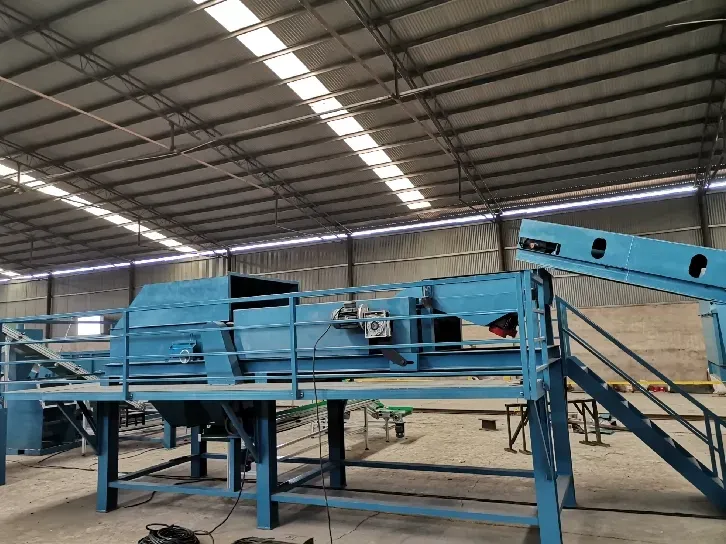

Nën . 26, 2024 12:57 Back to list
How to Recycle Computer Boards A Comprehensive Guide
In an age where technology evolves rapidly, old computers and their components often find themselves discarded. Among the most complex and valuable parts of these devices are the computer circuit boards. These boards contain various metals and materials that can be harmful to the environment if not disposed of properly. Recycling computer boards not only helps reduce e-waste but also conserves natural resources and supports sustainable practices. This article will guide you through the process of recycling computer boards effectively.
Understanding Computer Boards
Computer boards, including motherboards, graphics cards, and other circuit boards, are composed of a mixture of metals, plastics, and ceramics. They often contain precious metals like gold, silver, and copper, which are highly sought after in recycling processes. However, they can also contain hazardous substances such as lead and mercury. Thus, proper recycling methods are essential to ensure safety and environmental protection.
The Importance of Recycling
Recycling computer boards helps mitigate the adverse effects of electronic waste, which is among the fastest-growing waste streams globally. By recycling, you help reduce pollution caused by the extraction of new raw materials, save energy required for manufacturing, and minimize landfill overcrowding. Furthermore, recycling old electronics can recover valuable materials, fostering a circular economy.
Steps to Recycle Computer Boards
1. Gather Your Materials Start by collecting all unwanted computers, circuit boards, and electronic devices. It’s essential to ensure that you have a variety of boards since this may increase the overall value during recycling.

2. Secure Your Data Before recycling any computer device, make sure to securely wipe all data. This involves deleting files and formatting the hard drives. For sensitive data, consider using software that offers data erasure, or physically destroy the storage component to prevent data recovery.
3. Research Local Recycling Options Look for local e-waste recycling centers or programs that accept computer boards. Many communities have designated drop-off locations, and some organizations even offer pick-up services. Ensure that the facility is certified and follows environmentally friendly practices.
4. Consider Dismantling While some recycling centers accept whole devices, others may prefer or pay more for dismantled components. If you're comfortable with basic tools, you can disassemble devices to separate circuit boards from other parts. This might include removing screws and connectors, making it easier for recyclers to process the materials efficiently.
5. Check for Incentives Some recycling programs and centers offer incentives, such as cash for old electronics. Be sure to inquire about any programs that might compensate you for recycling your computer boards.
6. Participate in Take-Back Programs Many electronic manufacturers and retailers have take-back programs for recycling electronics responsibly. Check if the brands you own provide this option, as they often handle the recycling process securely and appropriately.
7. Follow Up After recycling, it’s a good practice to follow up with the facility to ensure that they handle e-waste responsibly. Ask about their processes for recycling, and what happens to the materials after they are collected.
Conclusion
Recycling computer boards is a crucial step toward reducing electronic waste and promoting environmental sustainability. By gathering your electronic devices, ensuring data security, and finding the right recycling options, you can make a significant impact. As consumers, we have the power to embrace responsible recycling practices, which not only protect our environment but also contribute to a sustainable future. Make recycling a habit, and encourage others to do the same—together, we can help foster a cleaner, greener planet.
Latest news
Troubleshooting Common Eddy Separator Problems
NewsJul.04,2025
The Role of Metal Recycling Plants in Circular Economy
NewsJul.04,2025
The Impact of Recycling Line Pickers on Waste Management Costs
NewsJul.04,2025
Safety Features Every Metal Shredder Should Have
NewsJul.04,2025
How Industrial Shredders Improve Waste Management Systems
NewsJul.04,2025
How Cable Granulators Contribute to Sustainable Recycling
NewsJul.04,2025